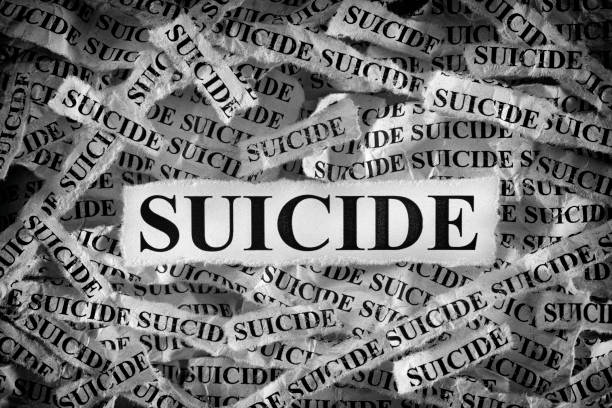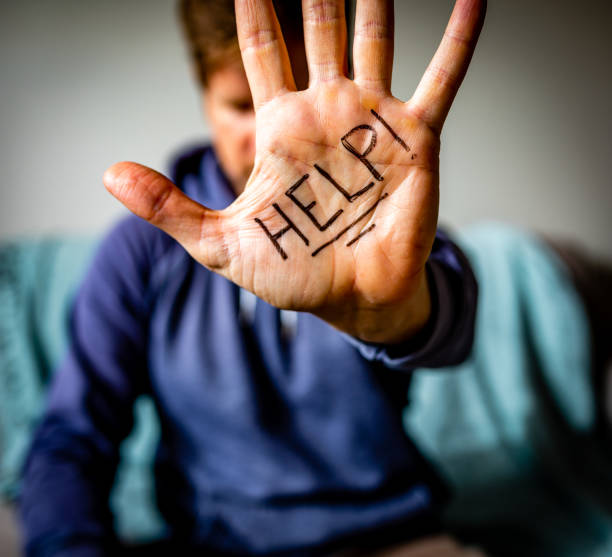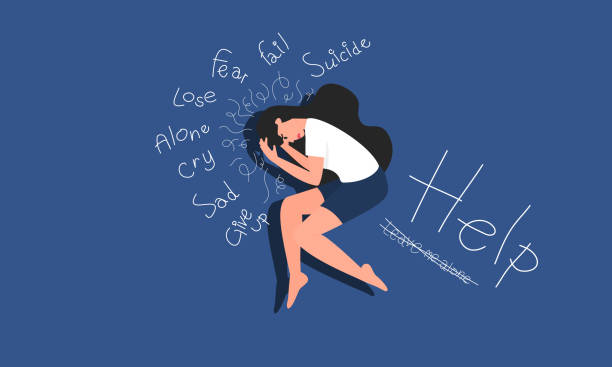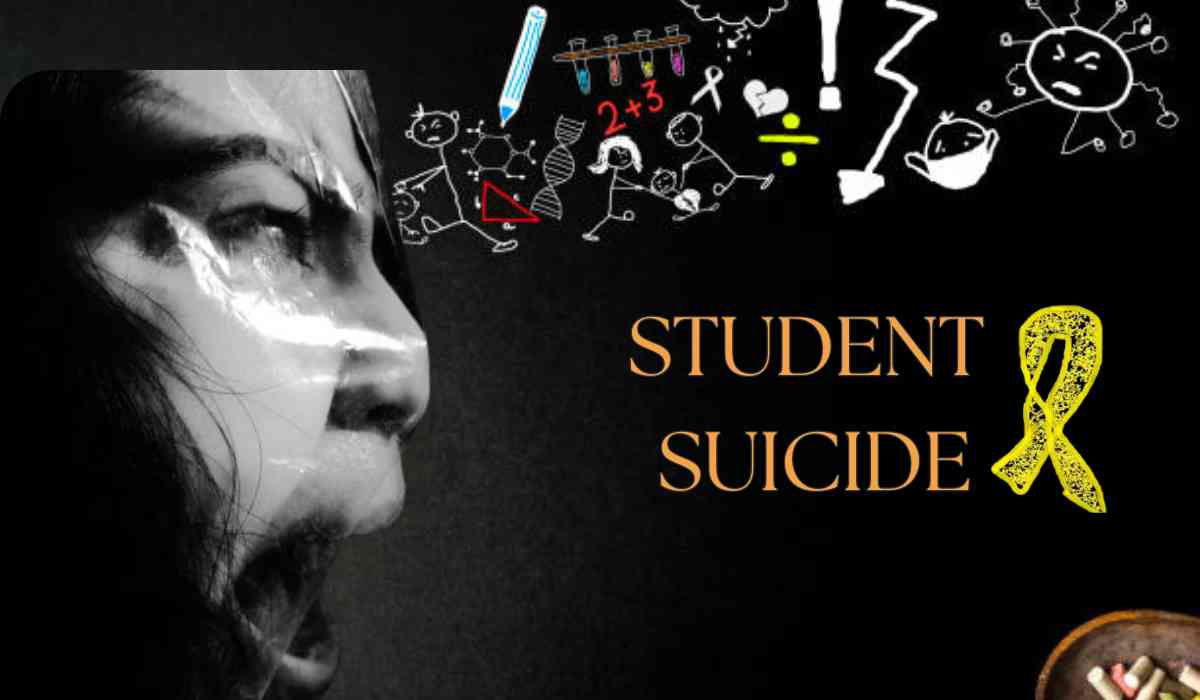I remember that day as if it were yesterday. My roommates and I had just returned from a week’s break from college. The sun was blazing, and the air was heavy with humidity, but we were riding the high of youth, excited to dive into our second year of dental school. We arrived back at the hostel in the afternoon, catching up with friends and wandering from room to room, sharing stories of our short escape.
As evening fell, we headed down to the mess hall for dinner. On our way, a senior, let’s call her Ankita, walked past us in the corridor, tears streaming down her face. None of us stopped to ask why; she was older, a senior, and we brushed it off as her having a bad day—nothing more, nothing less.
The next morning, the hostel was quiet as we got ready for our classes. Suddenly, a scream shattered the silence, echoing through the hallway. It was the kind of scream that cuts through your bones and lingers long after the sound fades. I poked my head out, and there, in the corridor, was another senior, crying and rushing towards the Warden’s room. My heart raced as I followed the crowd, fearing someone had been injured.
Then, I saw it—Ankita, hanging from the ceiling fan, her body lifeless, eyes wide and vacant, her skin a sickly pale. The room was in disarray, her clothes and books scattered, a chair knocked over by her last desperate act. I stood there, frozen, trying to make sense of the scene. To me, she was just an acquaintance, someone whose name I barely knew. But to others, she was a friend, a classmate, a daughter.
In that moment, my warden appeared and, without a word, shut the door. We exchanged a silent agreement: no one else should have to see this. I stood by her side, guarding the door, until the authorities arrived. My principal, stern and forceful, had to physically move me aside because I was too stunned to move. I didn’t want anyone else to witness the horror that lay inside.
To this day, I still can’t shake the image of Ankita’s lifeless face. Some might say what she did was selfish, but I believe it was her only escape. The pressures of life had closed in on her, and without the support and understanding she needed, she saw no other way out. That day, Ankita lost her life, and those of us who witnessed it were forever changed.

A Crisis Beyond Numbers
Ankita’s story is not an isolated incident. It’s part of a growing and deeply concerning trend of student suicides in India. According to the latest report, "Student Suicides: An Epidemic Sweeping India," released at the Annual IC3 Conference and Expo 2024, the rate of student suicides in India is increasing at an alarming pace—faster than both population growth and the overall suicide rate in the country.
Data from the National Crime Records Bureau (NCRB) reveals that while the overall suicide rate in India has risen by 2% annually, student suicides have surged by 4% each year. These figures likely understate the true scale of the problem, as many cases go unreported, lost in the silence that so often surrounds mental health struggles.
_1724940437.png)
The Hardest-Hit States
Maharashtra, Tamil Nadu, and Madhya Pradesh are the states where student suicides are most prevalent, together accounting for one-third of all student suicides in India. Even Uttar Pradesh, the most populous state, has now entered the top five, perhaps due to better reporting practices.
Over the past decade, the number of student suicides has doubled—from 6,654 to 13,044—even though the population of young people aged 0-24 has slightly decreased from 582 million to 581 million.
_1724940351.png)
A Shift in Gender Trends
Historically, male student suicides have outnumbered female suicides. But recently, this trend has begun to shift. While male student suicides decreased by 6% from 2021 to 2022, female student suicides rose by 7% in the same period. Over the last decade, male student suicides have increased by 99%, while female suicides have climbed by 92%. These statistics underscore the urgent need for better data collection and support systems, especially for transgender students, whose experiences are not adequately represented.
The Need for Systemic Change
The data makes one thing clear: the pressures facing students today are immense, and our current systems are not equipped to help them cope. Ganesh Kohli, Founder of the IC3 Movement, stresses the urgency of addressing mental health challenges within educational institutions.
“The report serves as a reminder of the urgent need to address mental health challenges within our learning institutions. Our educational focus must shift to fostering the competencies of our learners such that it supports their overall well-being, versus pushing them to compete against each other,” Kohli stated.
He advocates for a comprehensive career and college counselling system in every educational institution, woven into the curriculum to prioritise student well-being.
_1724940496.png)
Beyond the Numbers: Real Lives, Real Pain
Beneath the statistics lie countless stories of young lives lost too soon. The reasons are varied—academic pressure, social isolation, financial struggles, family conflicts, and inadequate mental health support. In today’s digital age, the impact of social media and cyberbullying can further exacerbate these challenges, making an already difficult situation unbearable for many.

A Call to Action: We Cannot Afford to Wait
The ripple effects of a student suicide extend far beyond the individual, leaving families, friends, and entire communities grappling with grief and unanswered questions. The IC3 Institute’s task force has begun to implement measures like an annual mental health survey and student-led initiatives aimed at reducing stigma, but these steps are just the beginning.

We need a collective commitment to change—a commitment that starts with open conversations, greater resources, and systemic reforms that place student well-being at the forefront. This is not a challenge we can afford to ignore or delay. We owe it to our students to act now, to build a future where no young person feels that their only option is to end their life.
As I think back to that day in the hostel, to Ankita’s lifeless form and the silence that followed, I am reminded that behind every statistic is a story. And behind every story is a call to action—a reminder that we must do better for our students, before it’s too late.
Inputs by Agencies
Image Source: Multiple Sources
Ⓒ Copyright 2024. All Rights Reserved Powered by Vygr Media.






















